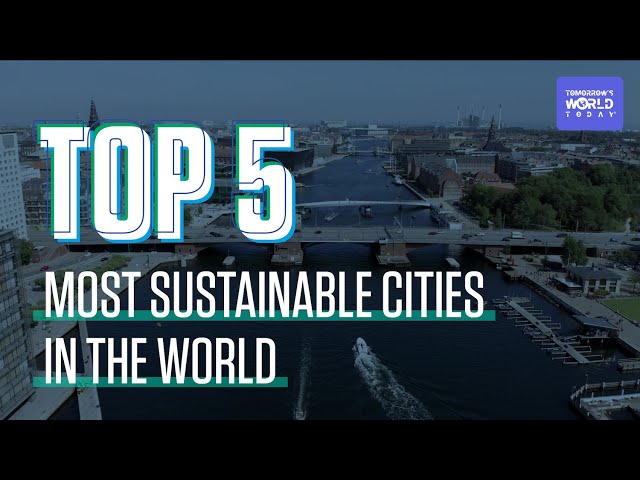Every time we throw something away, it doesn't just disappear – it has a lasting impact on our environment. From the food we waste to the electronics we discard, every piece of waste we generate adds up. But the good news is that we can all make a difference. So let's take action and do our part to create a cleaner, more sustainable world.
From plate to waste: The reality of food disposal
Every year, we throw away 7.2 million tonnes of food. According to the Food and Agriculture Organization of the United Nations (FAO), over a third of the world's food goes to waste every year, and more than half of it is perfectly edible. Meanwhile, 1 in 7 people all over the world don't have enough to eat. Food waste accounts for a significant portion of solid waste in landfills, with the EPA reporting that it makes up 21.6% of all solid waste. Plus, food waste produces methane gas, a powerful greenhouse gas that is 25 times more potent than CO2.
Feeding landfills
Did you throw away that half-eaten sandwich or let those fruits go bad in the fridge? Unfortunately, you are not alone. According to the FDA, food is the single largest category of material placed in US municipal landfills and represents wasted nourishment that could have helped feed families in need.
The dark side of electronics: E-waste
Electronic devices contain a variety of harmful materials that can pose a danger to human health and the environment. For example, many devices contain lead, which can cause neurological damage and developmental issues in children. Other devices contain mercury, which can cause kidney damage, respiratory failure, and neurological damage. Global E-waste Monitor 2020 says that the world generated 53.6 Metric tones of e-waste in 2019. For more information, check Combatting E-waste.
The US recycles only about 35% of waste.
Despite the benefits of recycling, we still have a long way to go. In the US only about 35% of waste is recycled. This means that a huge amount of valuable resources are being sent to the landfills. To improve recycling rates, we need to make it easier and more convenient for people to recycle. This could involve things like improving recycling infrastructure, providing better education and outreach, and creating incentives for businesses and individuals to recycle more.
There are 5 Ocean Garbage Patches in the world.
Our waste doesn't just end up in landfills – it also ends up in our oceans. There are 5 garbage patches in the ocean; one in the Indian Ocean, two in the Atlantic Ocean, and two in the Pacific Ocean. Each consists of vast amounts of plastic and other debris. These patches are formed by ocean currents, which carry waste from around the world to specific areas in the ocean.
Waste may seem like a small issue in our daily lives, but the consequences of waste are far-reaching and significant. From the destruction of habitats to the financial burden on our economy, waste has a significant impact on our planet and our lives. If you want to dive into the topic more, check Simple Ideas For Low Waste Living.


















